Ant Tending Treehopper Larvae
May 23rd 2009 in Georgia State Botanical Garden in Athens, GA, USA. The ant (Formica palidefulva) is tending a number of treehopper (Entylia carinata) nymphs. If watched carefully, the honeydew secreted by the instars are visible at [00:22, 00:28, 00:37] seconds into the video. The mother treehopper is still sitting around the midrib of the thistle where she laid her eggs (dark necrotic patch around her). The story got published in the November 2009 issue of the Atlas Magazine under […]

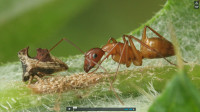


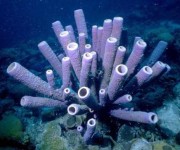
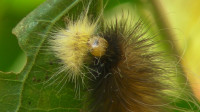
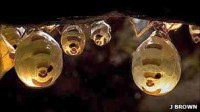
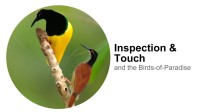
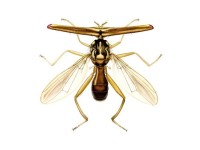
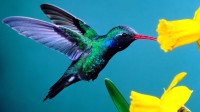
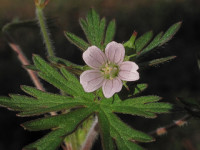
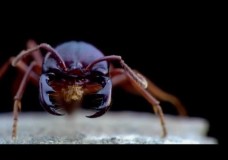
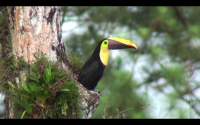
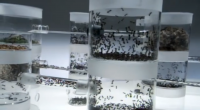


Recent Comments